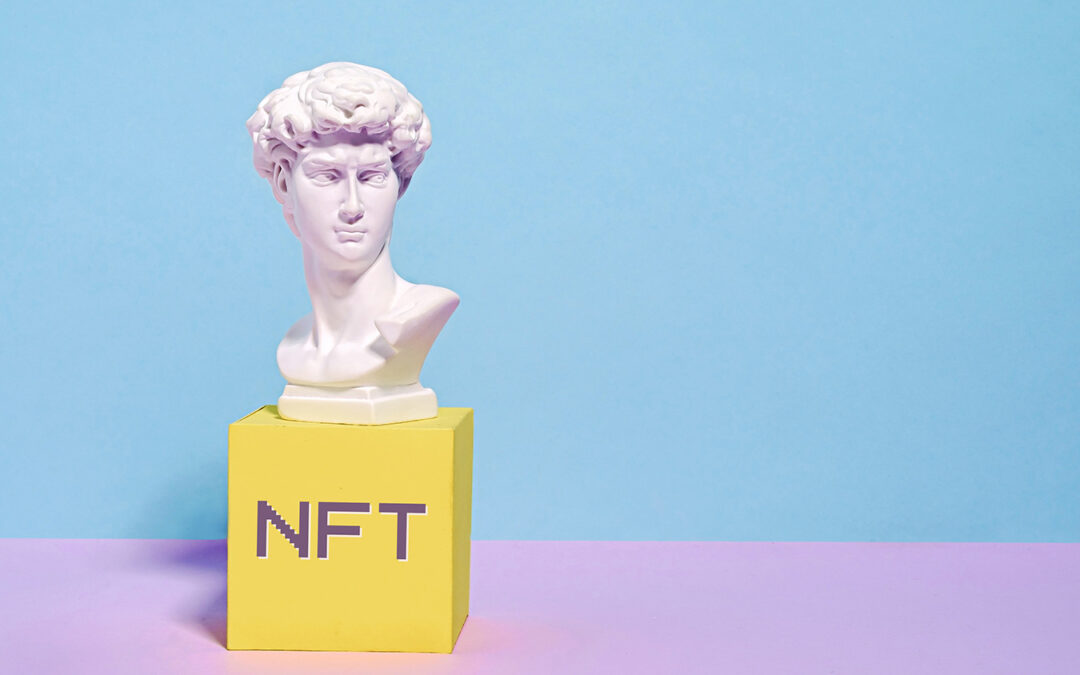Non-fungible tokens (or NFTs) got more and more attention over the past year. More investors spent enormous amounts of cryptos on NFTs recently. The list below includes 15 of the most expensive NFTs ever sold, which cuts across various types of NFTs.
The Merge: $91.8M
Everydays: The First 5000 Days: $69.3 M
Clock: $52.7 M
Human One: $28.9 M
CryptoPunk #5822: $23.7 M
CryptoPunk #7523 : $11.8 M
TPunk #3442: $10.5 M
CryptoPunk #4156: $10.26 M
CryptoPunk #5577: $7.7 M
CryptoPunk #3100: $7.58 M
CryptoPunk #7804: $7.56 M
Ringers #109: $7.12 M
Right-Click and Save As Guy: $7.09 M
Crossroad: $6.66 M
CryptoPunk #8857: $6.63 M
So more people than ever are now creating their own NFT collections, buying NFTs online, and then “flipping” them for profit. NFTs are getting more attention from wider audiences around the world. They are getting promoted via celebrities, social media, and investors. Businesses are discovering the commercial applications of NFTs and blockchain technology. But some fundamental questions remain. What are NFTs? And why are they important? We will provide a brief answer to these questions.
The rise of NFTs
Kevin McCoy and Anil Dash produced the first known “NFT,” Quantum, in May 2014, using a video clip created by McCoy’s wife, Jennifer. During a live presentation for the Seven on Seven conferences at the New Museum in New York City, McCoy registered the video on the Namecoin network and sold it to Dash for $4. The technology was dubbed “monetized graphics” by McCoy and Dash.
But it was until 2017 that NFTs began getting attention. The 2017 online game CryptoKitties made money by selling tradable cat NFTs, and its popularity raised awareness of NFTs. The NFT market tripled in value to $250 million in 2020, indicating substantial expansion. More than $200 million was spent on NFTs in the first three months of 2021.
Top 8 Popular Types of NFTs
Some of the most popular types of NFTs are listed below.
Art
Memes
Domain names
Gaming
Fashion
Sporting Moments
Music
What are NFTs?
NFTs involve acquiring and owning a digital asset (known as an “NFT”).
As a start, imagine buying a poster of the Guernica painting by Picasso for $10. Everybody can buy a copy of that poster for $10. So it’s not unique. But now, think of someone who purchased the original Guernica that is one of a kind. Picasso painted that painting himself, and it’s not replaceable by any other painting. The poster is like a token/cryptocurrency; the original Guernica is equivalent to an NFT. So in the past, people may have bought physical assets (such as expensive paintings) and hung them in their living room. More recently, however, NFTs involve people purchasing digital assets. Digital assets can be digital artworks, photographs or collectables, bits of music, videos or GIFs, a moment from an athlete’s highlight reel, an online article, a selfie, a tweet or social media post, or even a digital representation of a unique physical asset.
You can buy and sell an NFT with cryptocurrency (specifically Ethereum, a particular type of currency). You will have the NFT in your cryptocurrency wallet, and you will be able to resell it (ideally for a higher price) through various NFT online marketplaces. The value of that particular NFT depends on how popular that specific NFT or NFT collection is at the time and other factors like the value of Ethereum.
A contract proves the ownership of each NFT. Ownership of the NFT (and the other terms of the underlying contract) is registered through the Ethereum “blockchain” (which is a public record of all Ethereum transactions, including all previous transactions concerning that specific NFT).
How to create an NFT
Let’s say you have some digital photographs and want to turn them into an NFT collection and sell them. What do you do?
First, you must download and install a digital wallet (like BitSchon) that can store cryptocurrencies and NFTs; then, you must buy some Ethereum cryptocurrency (through BitSchon). You then register with one of the online NFT marketplaces (say Opensea). Now you can upload your collection through that marketplace and go through a process called “minting” (which involves turning each digital asset into an NFT by finalizing the terms of the underlying contract and registering it on the Ethereum blockchain).
You must pay a fee (known as a “gas fee”) whenever an NFT is minted or subsequently bought or sold, which reflects the costs of the Ethereum computer network updating the blockchain. Once your photo is “minted,” you have an NFT of that photo. The exact process is used to “mint” other kinds of digital assets and turn them into NFTs.
So there we have it:
- An “NFT” is an abbreviated name for a “non-fungible token.”
- It is a “token” in the sense that it is a digital asset registered on the (Ethereum) blockchain.
- It is “non-fungible” because the token does not have an exact like-for-like replacement. In contrast, 1 unit of Ethereum currency (for example) is “fungible,” so it can be exchanged for another identical unit of Ethereum currency. But an NFT is “non-fungible” because the token is unique and does not have a like-for-like replacement.



